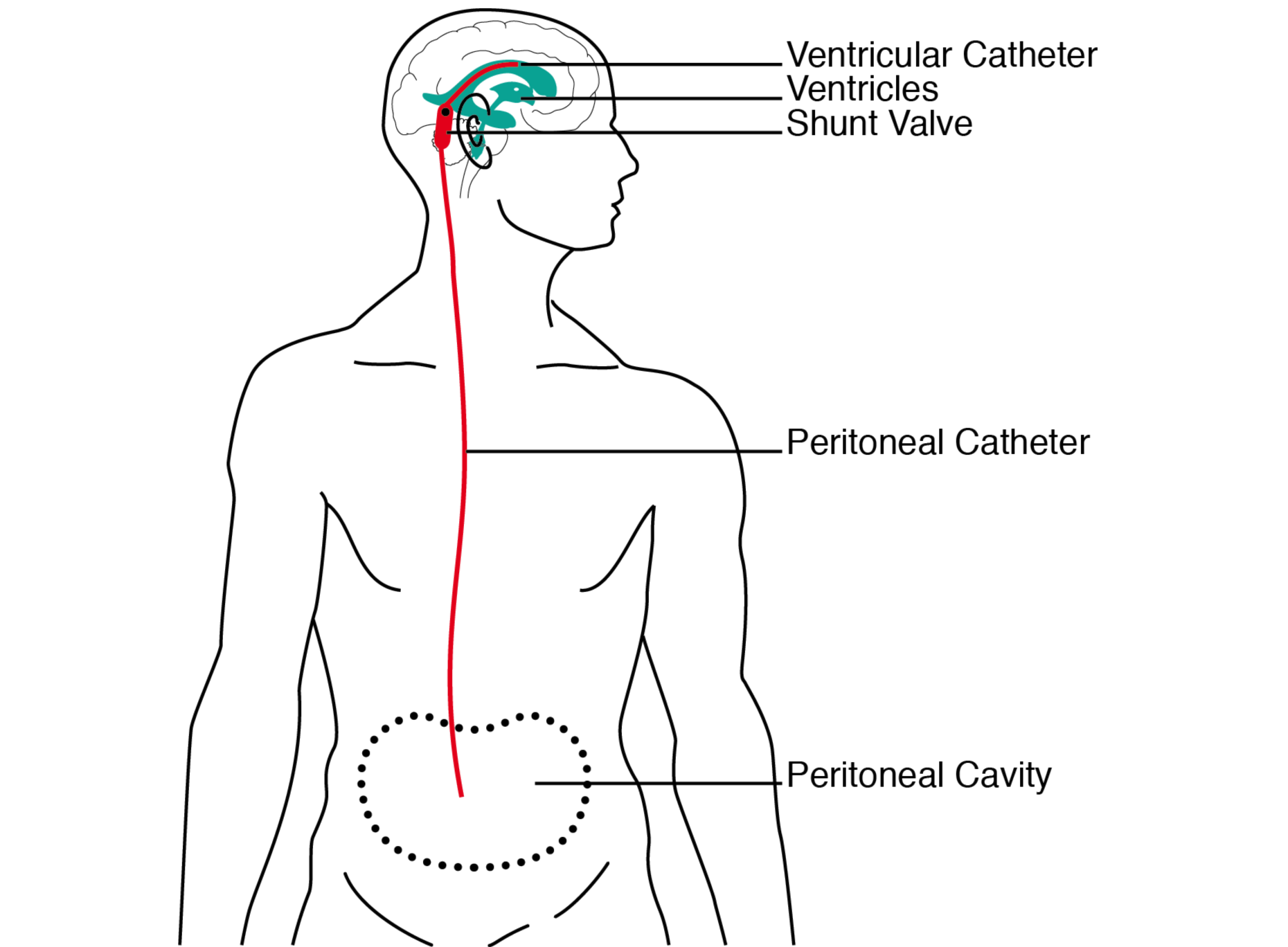SmartShunt - The Hydrocephalus Project
The aim of SmartShunt - The Hydrocephalus Project is to develop a novel improvement to traditional passive shunt based treatment of normal pressure hydrocephalus (NPH), a central nervous disease characterized by the accumulation of excess cerebrospinal fluid (CSF) in the brain's fluid spaces. As an interdisciplinary collaboration between the University of Zurich (UZH), the University Hospital Zurich (USZ), and the Product Development Group Zurich (pd|z), this project brings together leading experts in the fields of neurosurgery, pathophysiology, and engineering under a single umbrella.

To better design and refine the control strategies for the adaptive SmartShunt, a detailed understanding of the pathophysiologic communication that exists between the cranio-spinal, arterial, venous, and abdominal spaces is required. In a previous project, a Downloadhardware-in-the-loop (HiL) testbenchvertical_align_bottom has been developed to simulate these relationships, now with a novel numerical model derived from in-vivo trials conducted at USZ. While this new generation of intelligent mechatronic shunt systems promises to be a major step forward into improving the outlook for these patients, they also introduce hitherto unseen complexity into the interaction between patient and shunt. Therefore, a detailed investigation into all possible effects of the shunt is being undertaken.
Led by DownloadAnthony Podgoršakvertical_align_bottom and DownloadNina Trimmelvertical_align_bottom, a Downloadquantitative investigationvertical_align_bottom into the pathophysiology of hydrocephalus seeks to illuminate and quantitfy previously unknown relationships between the cranio-spinal, arterial, venous, and abdominal spaces in physiologic and pathologic spaces. These models are then translated to be implemented as the foundation for the design of the various control strategies being developed by DownloadFabian Flürenbrockvertical_align_bottom.
